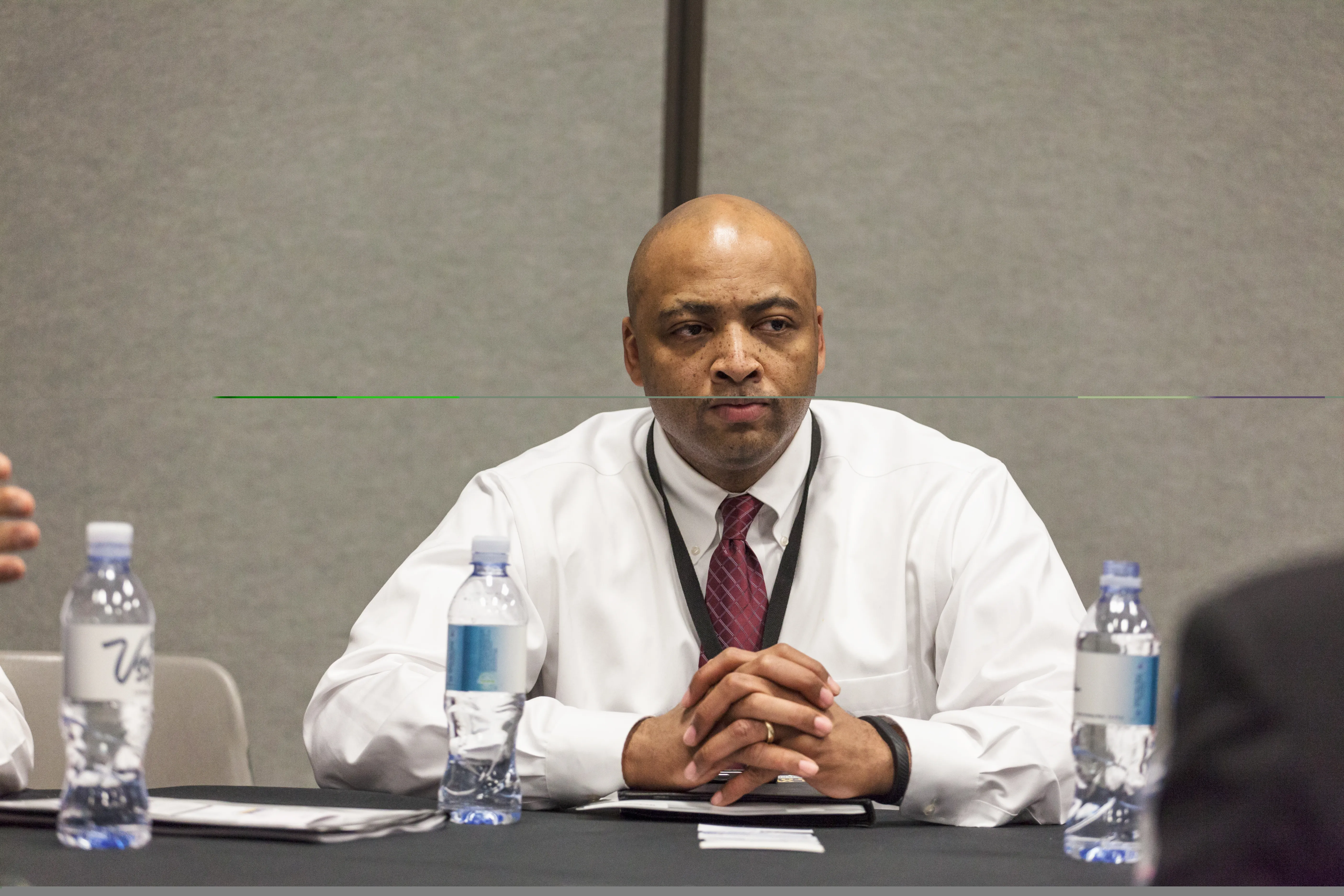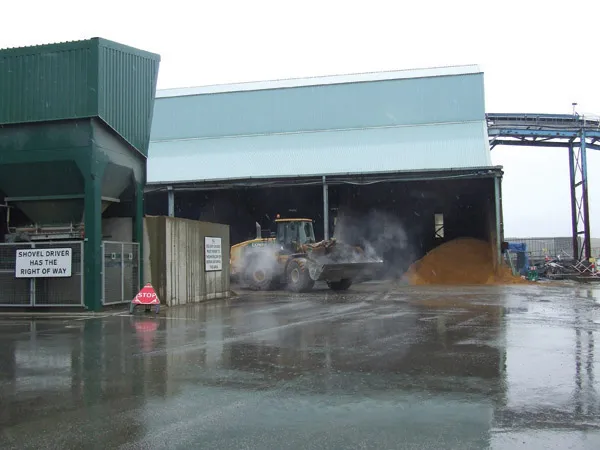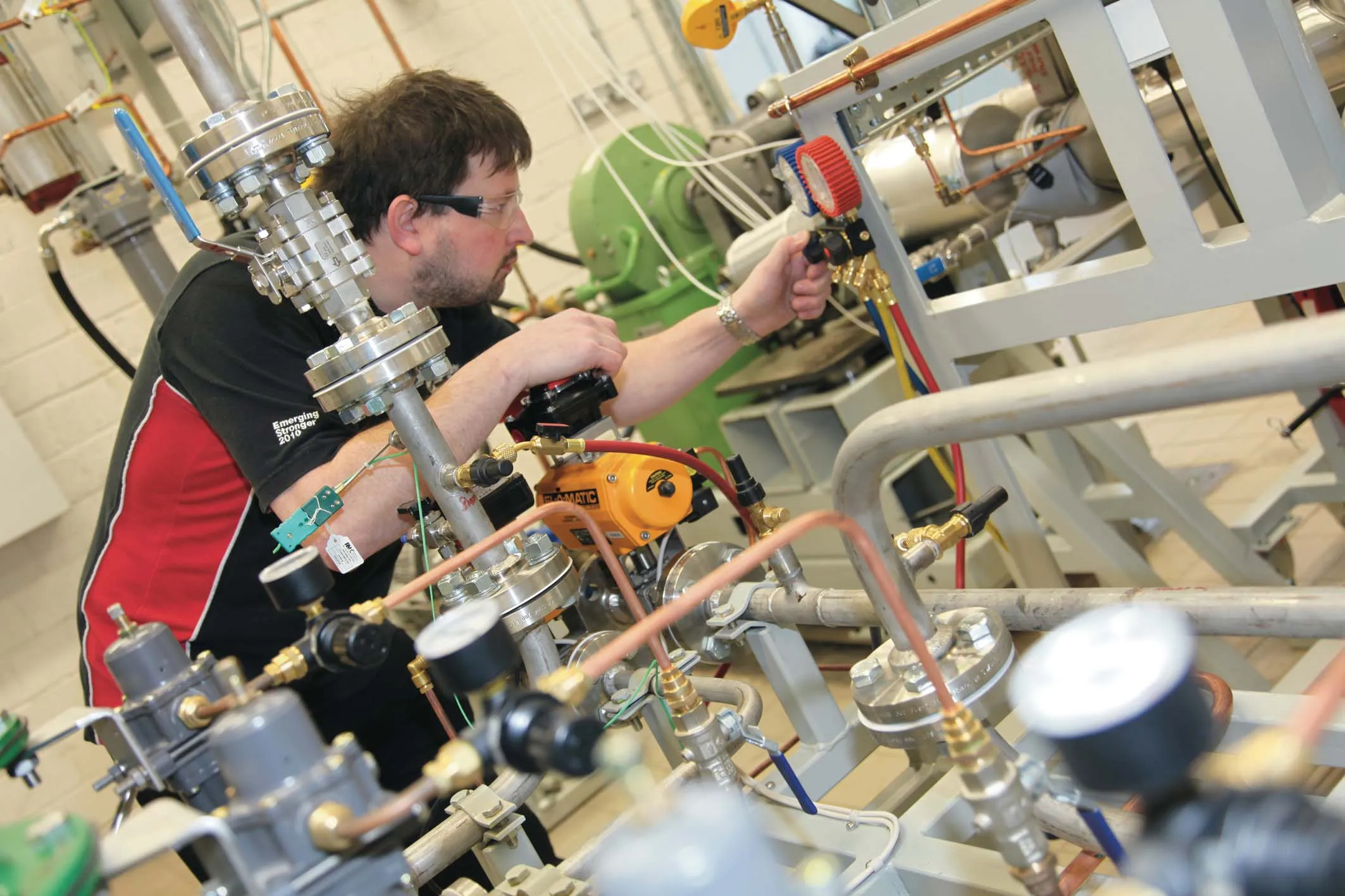Caterpillar senior executives Edward Rapp and David Bozeman have pinpointed “systems integration” as one of the equipment giant’s future targets. Speaking at Conexpo 2014 this week, Edward Rapp, Caterpillar group president said that the introduction of Tier 4 Final engine technology has been a landmark moment for Caterpillar but added that emissions systems are not the answer in themselves to improved performance. “The secret sauce is not the Tier 4, it’s the systems integration” said Rapp.
March 6, 2014
Read time: 4 mins

For Rapp, the firm’s recently launched hybrid excavator provides a good example of the way the various systems work together. “It’s the integration of the components that makes the machine work.”
While CAT’s hybrid excavator on show at Conexpo 2014 is a Tier 4 compliant model, the company is also able to offer this machine with a Tier 2 engine for lesser regulated markets.
According to Rapp, “if you look at fuel costs in emergent countries they are often higher than in the US.” And, he added, higher fuel costs will accelerate the payback time and increase the attractiveness of this technology to the customer base. For the moment, the hybrid excavator is still offered alongside a standard excavator but, he added, “There may be a day when the hybrid is the standard.”
“Tier 4 has been the most significant technological development Caterpillar has ever put across the board. Never before, have we had to introduce a technology across the whole product line at the same time … and during a global downturn.”
Looking ahead to the next set of emissions targets Rapp said that “if you look at the Tier 4 product, it is a very low emission technology.” In some urban applications, he added, the machines may actually produce cleaner emissions than the intake air. He wants the regulators to consider carefully the implications of any new targets too.
“I would hope they would look at the costs versus the benefits,” he said, adding that in many respects it would be more efficient to look beyond the machines themselves and consider the overall way in which they are used, as well as the way each contractor operates to cut overall fuel consumption.
Improving efficiency goes far beyond addressing fuel consumption and addressing productivity is another challenge for the company. Rapp said that many industries have boosted productivity over time, “… but if you look at construction productivity, it has not increased over time.”
According to Rapp, “we’ve invested a lot to make a very average operator a good operator.” He said that he recently drove a number of Caterpillar machines, including a skid steer loader, a dump truck and an excavator, and that after some instruction he was able to carry out a job of work. “I could go from machine to machine and dig a trench, push a load … or whatever.”
Machine control technologies provide a good base on which to improve efficiency for contractors and Rapp said that Caterpillar’s close partnership with
Improving the firm’s internal efficiency is another key strategy and this is a task being handled by David Bozeman, senior vice president at Caterpillar. He said, “We haven’t been at our most optimal in the last years.”
The cyclical nature of the construction industry makes forward planning difficult.
Downturns cost, something Bozeman is keen to address. “Our big challenge is that we’re in a cyclical industry - so how do we respond to that? As we see down cycles come we want to be able to Brake before they hit and ramp up when we need,” he said. “You’re never going to be able to forecast you’re way out of those cycles but we’re dampening that stream.”
Looking further afield, Rapp said “about 10% of our sales in China now come from online lead generation.”
%$Linker:








